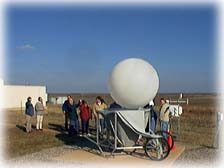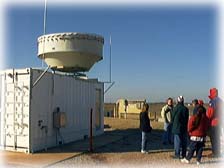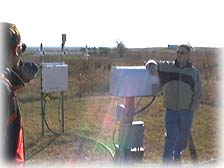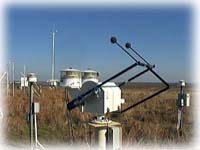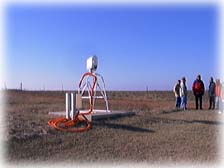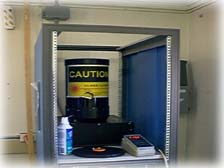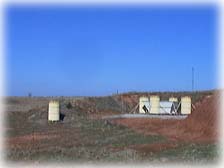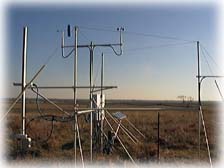
|
Tools of the Atmospheric Scientist Lessons in Interpretation of Data |
|
|
|
|
The accuracy and success of modern weather forecasting is dependent upon an endless stream of data collected by various weather instruments. Some instruments record conditions on or near the Earth's surface while others monitor upper levels of the atmosphere. Satellites orbiting our planet also play a key role in providing meteorologists with a top-down view of large scale weather systems and can aid in providing warning of approaching hurricanes. Since weather is the result of the interaction of many factors, we need data from many different instruments to help us better understand the dynamics of our ever-changing atmosphere. The lessons below are designed to introduce you to a few of the instruments used by scientists working with the Atmospheric Radiation Measurement program (ARM) and to teach you how to begin to understand and interpret the data they produce. |
Return to CMS ARM Project
